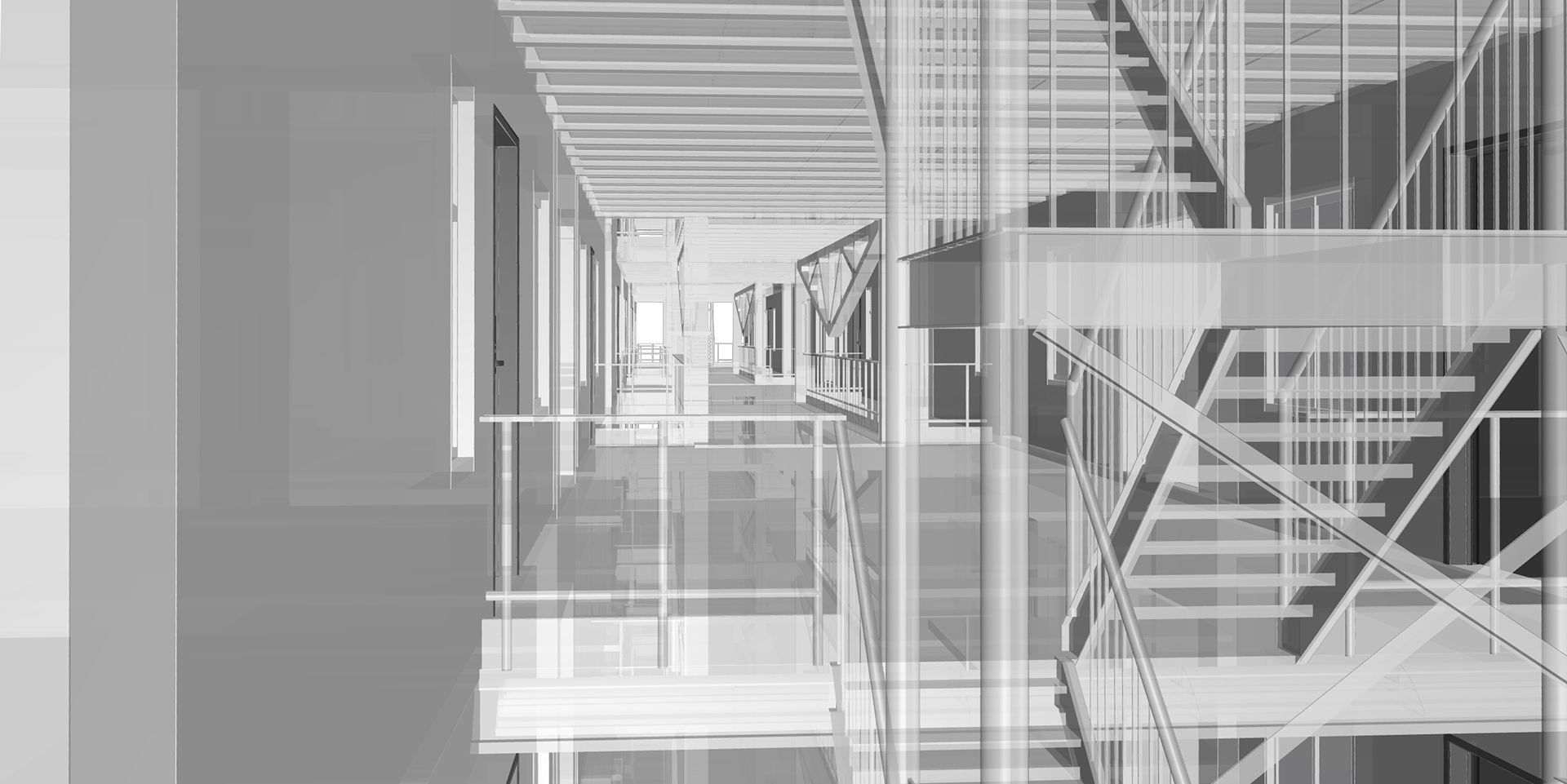Year: 2025
Project type: 4 ECTS Seminar
Location: Barcelona, Spain
Faculty: Gabriele Jureviciute, Jasser Salas
Students: Baran Koç, Bhone Mo Win Khet, Karan Shah, Kruti Ghariwala, Nihal, Pradyumna Nanekar, Saad Khan, Sai Mohan Satwi Siddabathuni, Valentyna Lubska, Vinayak Tiwari
Project type: 4 ECTS Seminar
Location: Barcelona, Spain
Faculty: Gabriele Jureviciute, Jasser Salas
Students: Baran Koç, Bhone Mo Win Khet, Karan Shah, Kruti Ghariwala, Nihal, Pradyumna Nanekar, Saad Khan, Sai Mohan Satwi Siddabathuni, Valentyna Lubska, Vinayak Tiwari

Windows of the Future

Windows of the Future
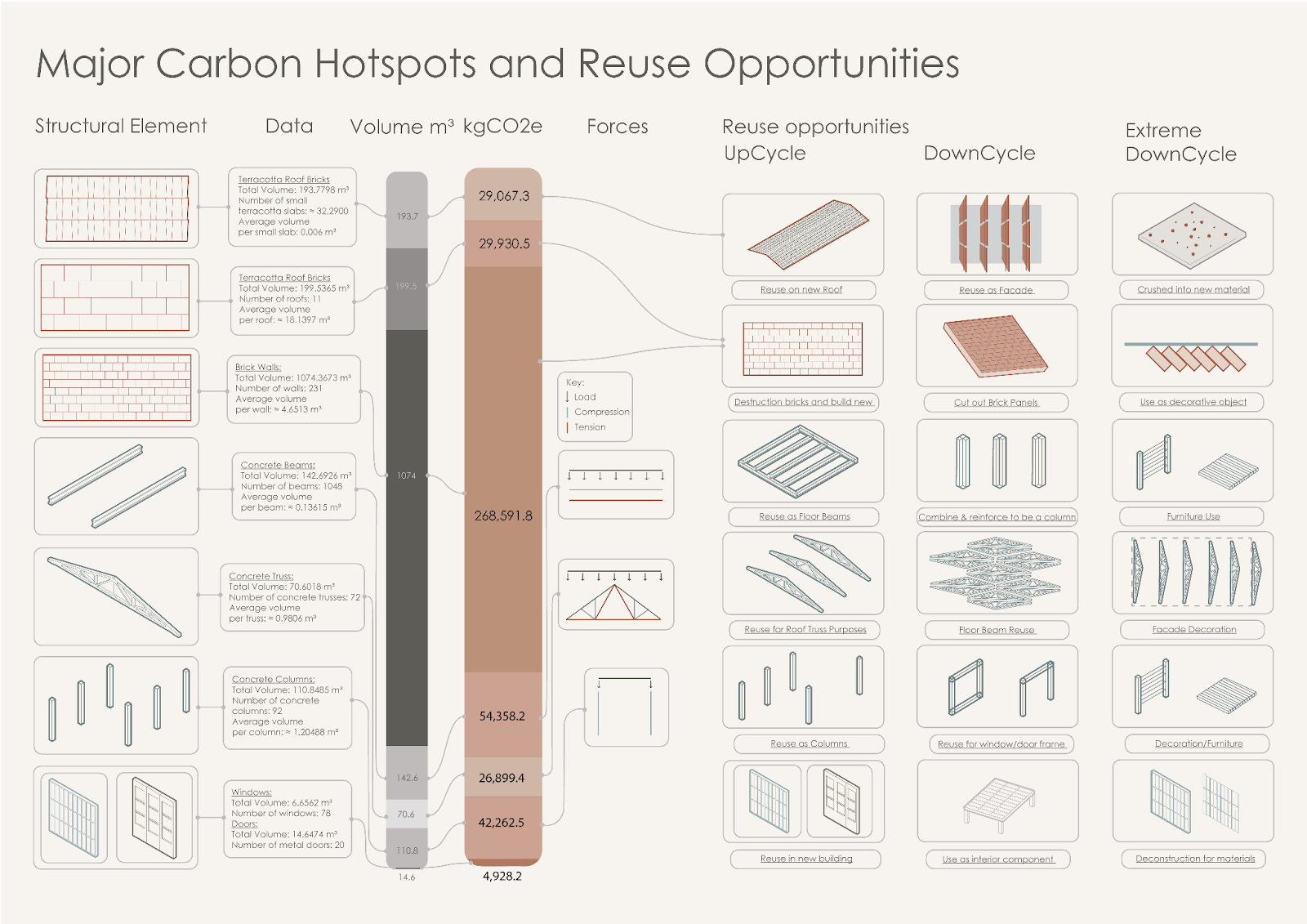
Windows of the Future

Windows of the Future
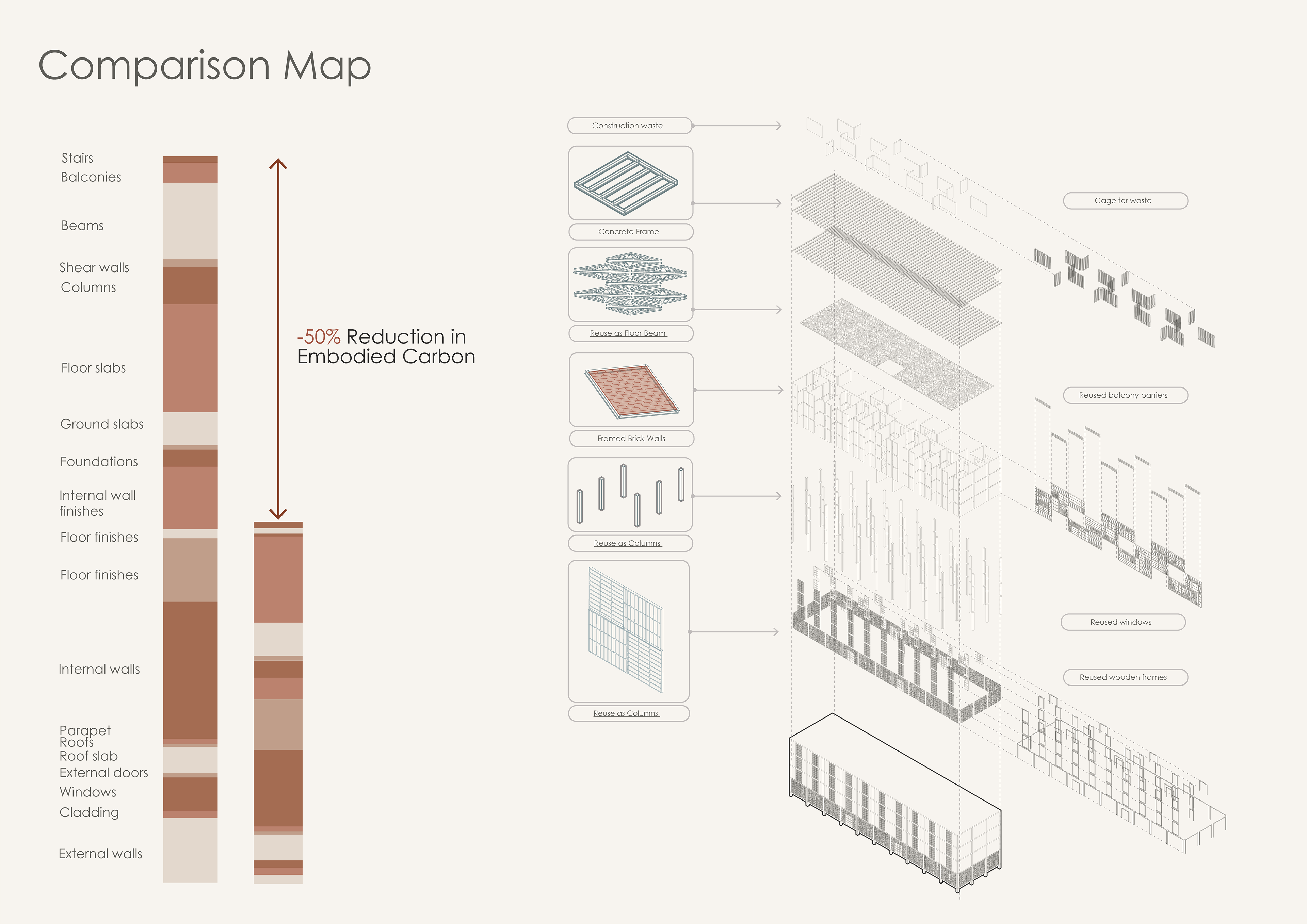
Windows of the Future

Windows of the Future
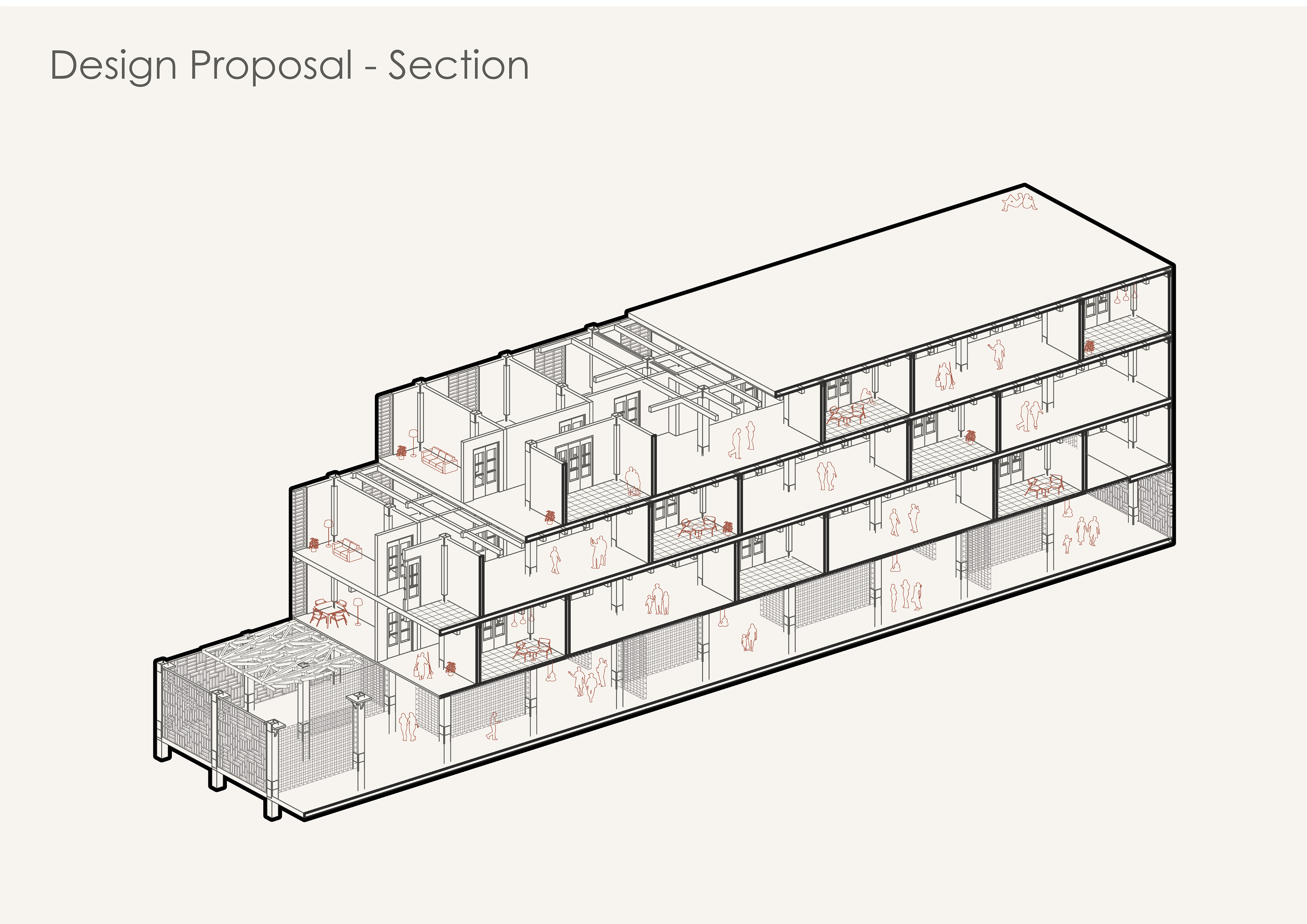
Windows of the Future
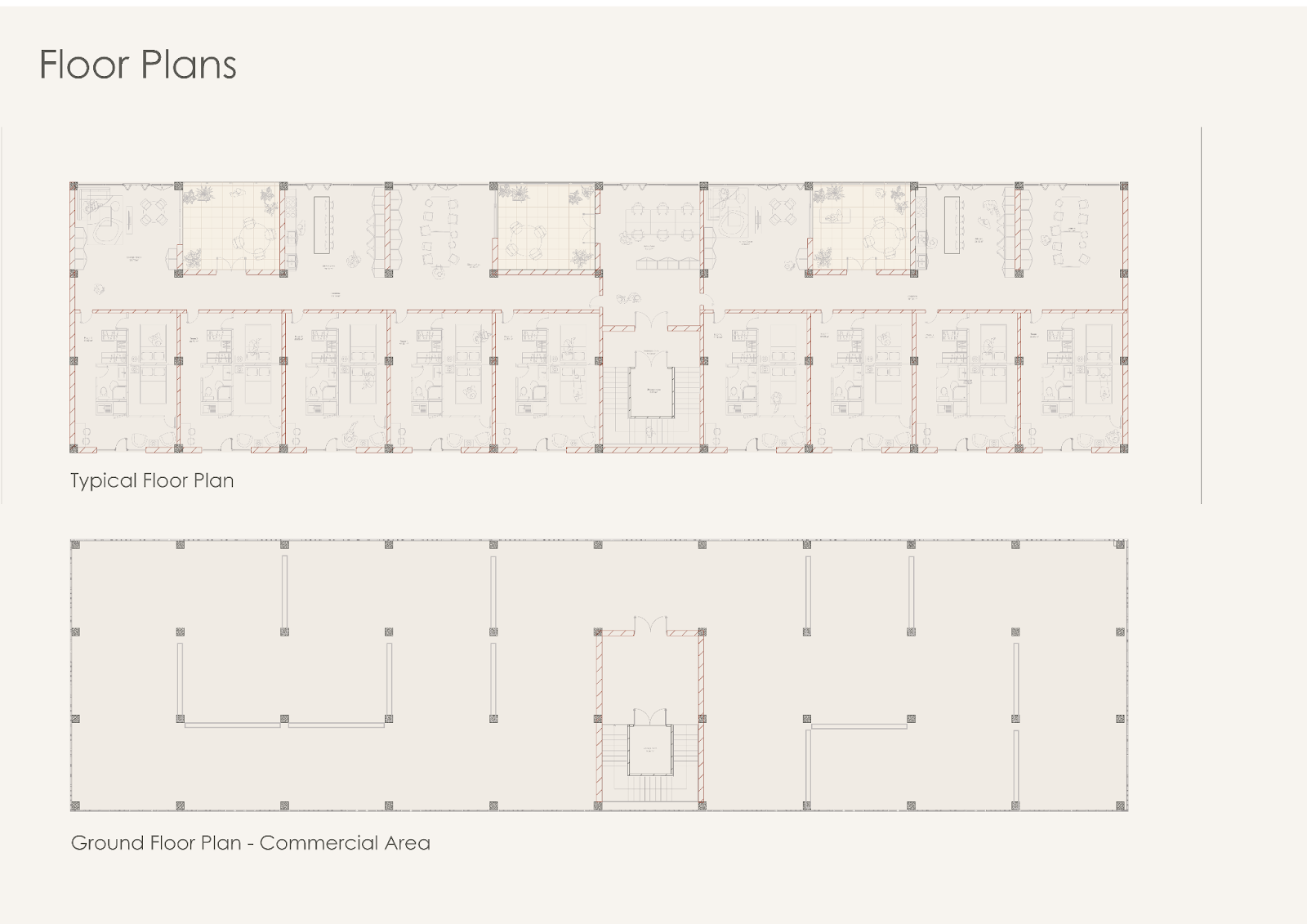
Windows of the Future
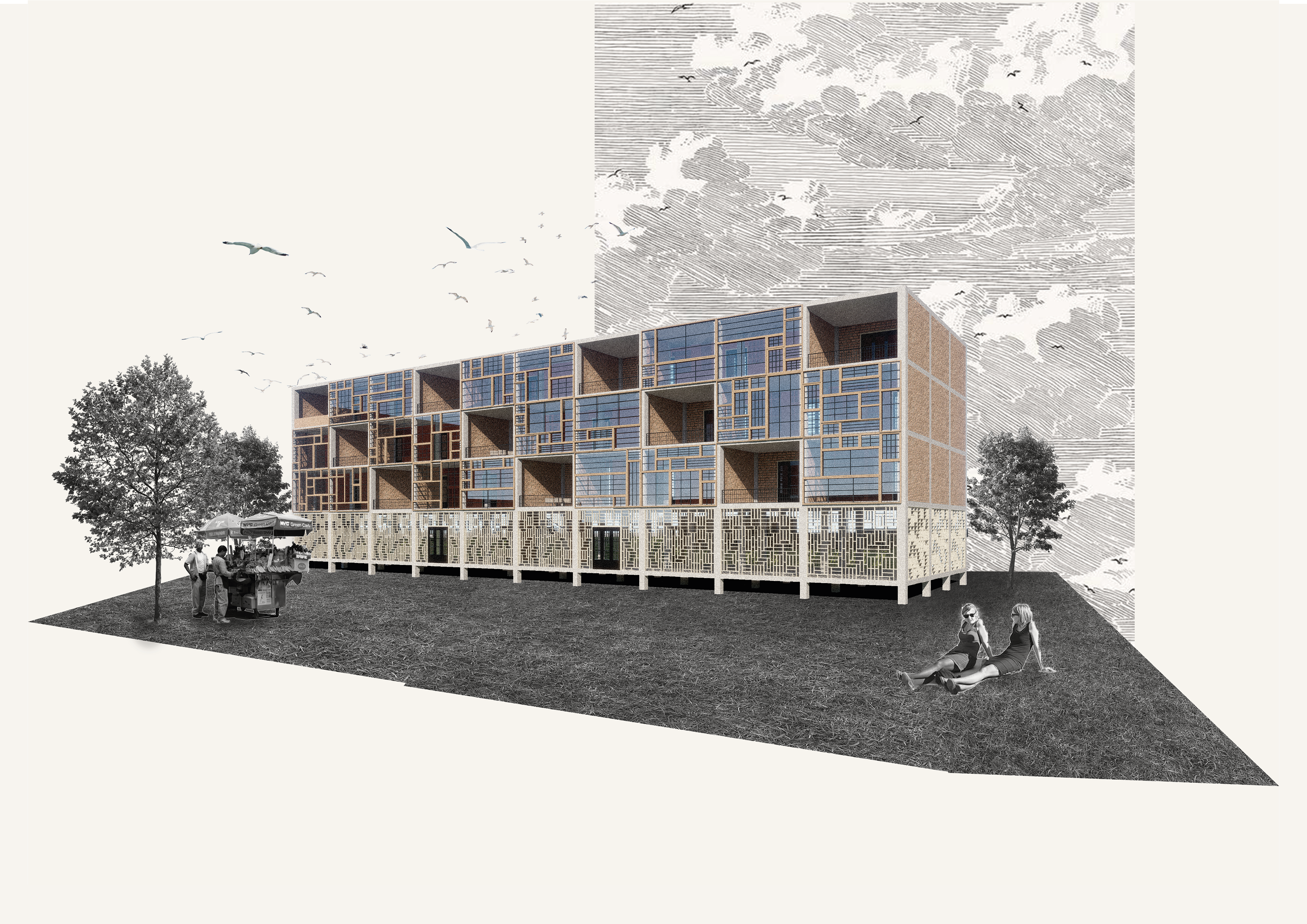
Windows of the Future
Human activity is increasingly concentrated within dense urban environments, shaping a critical urban condition that reflects both collective aspirations and unsustainable practices. Although cities occupy only about 3% of the Earth’s land surface, they are central to global economic and cultural systems. However, rather than serving purely as engines of creativity and vitality, urban areas account for approximately 75% of global natural resource consumption (UN Environment Programme, 2019), driving extractive and energy-intensive practices. This imbalance highlights a fundamental disconnect between urban lifestyles and the ecological systems that sustain them. A critical examination of urbanization reveals its role in accelerating environmental degradation and deepening social inequities.
The environmental footprint of cities is measurable and significant. The built environment is responsible for 36–40% of global carbon emissions (World Green Building Council, 2019; IPCC, 2018), with operational energy use contributing around 28% and embodied carbon approximately 12%. These impacts are further amplified by urban sprawl, material extraction, and large-scale waste production, all of which contribute to ecosystem disruption and altered biogeochemical cycles. The prevailing linear economic model—based on extraction, use, and disposal—intensifies these environmental pressures. Addressing these challenges requires a systemic rethinking of how cities and buildings interact with broader ecological processes.
At the building scale, architecture is understood not simply as form and function, but as part of a wider material, energy, and information network. Life Cycle Assessment (LCA) provides a methodology for evaluating the environmental impact of buildings across all phases—from raw material extraction to construction, operation, and decommissioning. LCA reveals the “metabolic rift” between the static perception of buildings and their dynamic participation in planetary systems. This perspective calls for a shift beyond operational efficiency toward integrating buildings into regenerative energy and material systems. Design strategies that reuse and revalue surplus materials begin to reframe waste as a resource.
This course introduces the fundamentals of circular design, urban material flows, and life cycle assessment. It provides both conceptual grounding and practical training in LCA, from basic manual methods to advanced digital tools such as One Click LCA. Students learn to evaluate Global Warming Potential (GWP) over the entire building lifecycle, with a focus on embodied carbon and the role of design in reducing operational emissions.
The core exercise begins with mapping the emissions associated with the construction of an existing case study building. Students then treat the site as an urban mine, developing local circular economy models that prioritize deconstruction and reuse to extend material lifespans and reduce waste. The course concludes with design proposals for a new building block that integrates salvaged materials from the site and its surroundings, with the goal of achieving up to a 50% reduction in lifecycle carbon emissions compared to conventional construction.
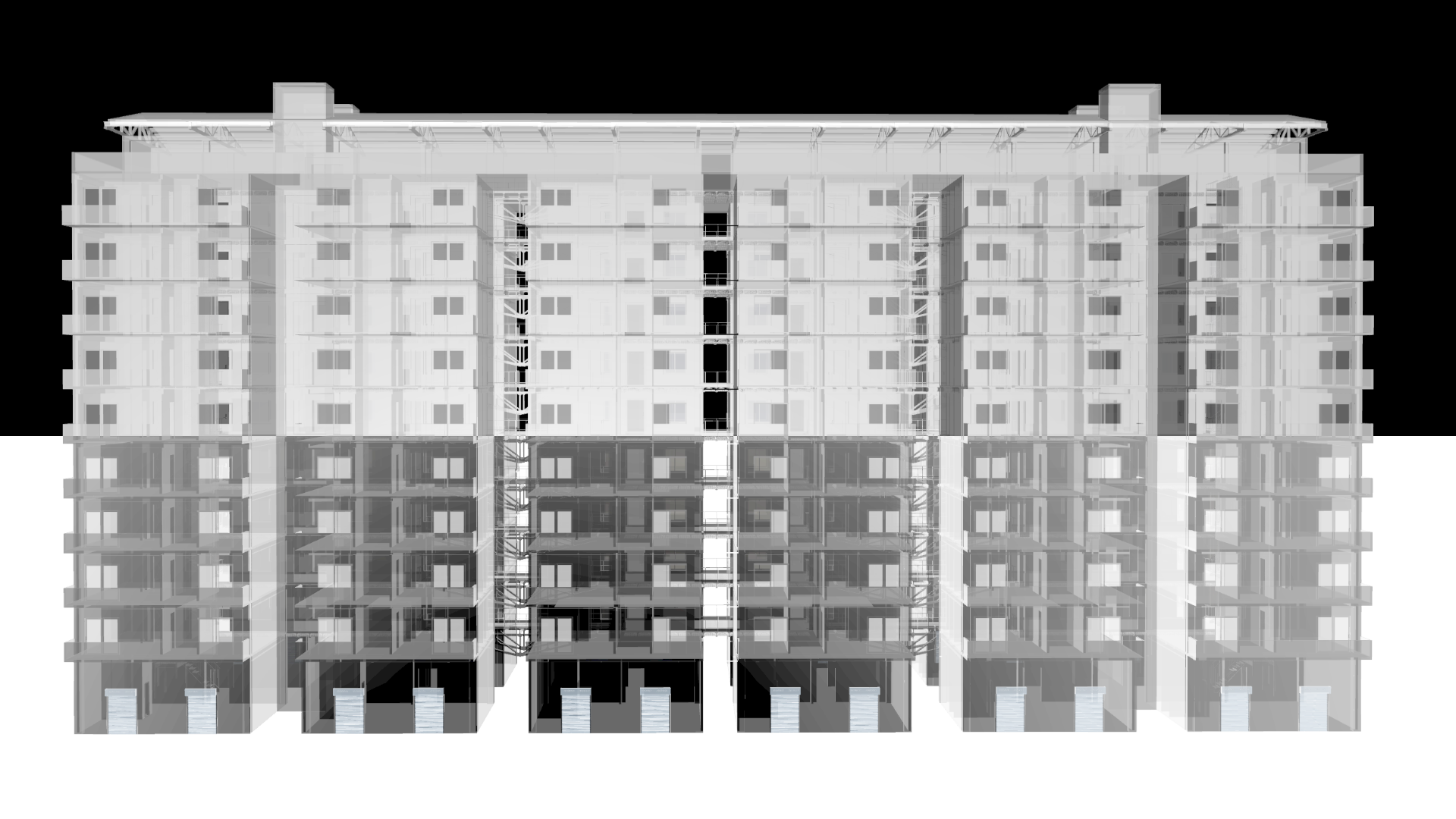
ReVive: Second Life
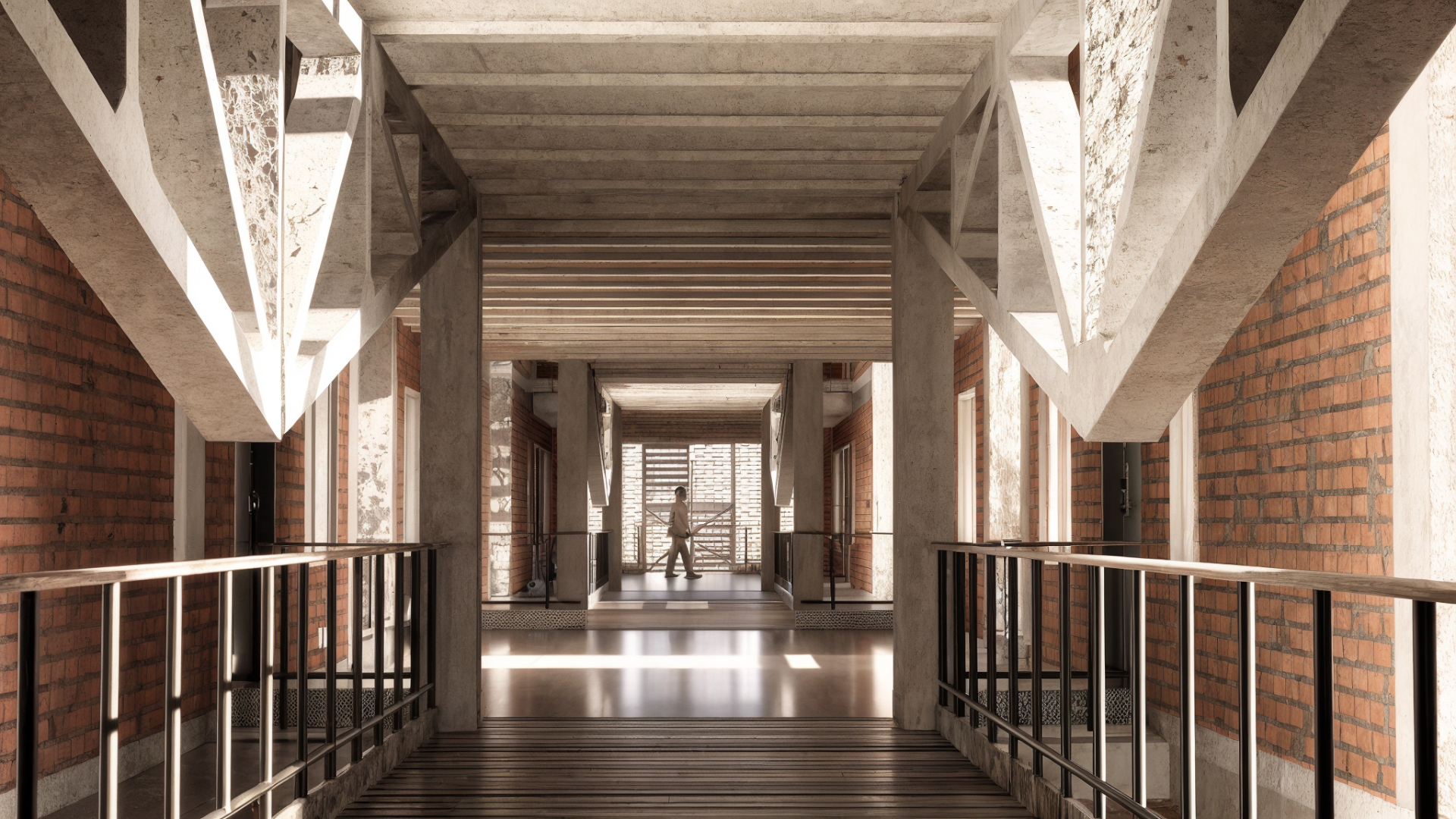
ReVive: Second Life
